10 smartphone camera features that make you feel like a professional photographer
Dual-lens cameras

Wide aperture
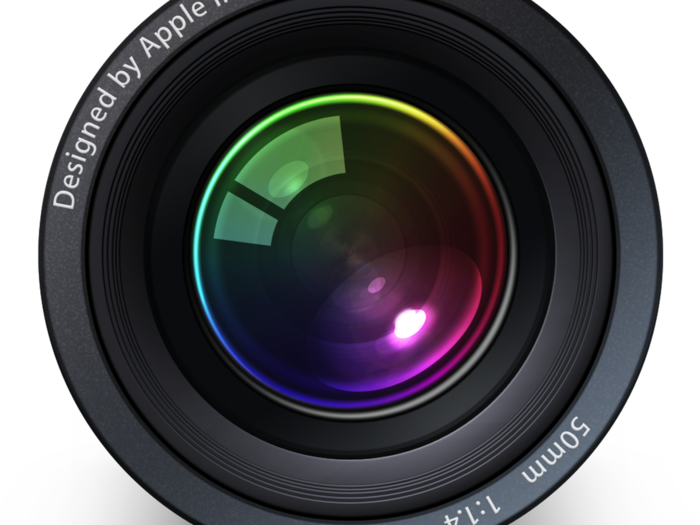
Manufacturers have been expanding the aperture on smartphones for several years in an effort to improve mobile photography. Aperture refers to how wide a camera lens can open to allow in more light. More light taken in by the lens means a more accurate, more detailed, and more colorful photo. Wide aperture on a camera especially helps to capture better shots in low-light settings.
High dynamic range (HDR)

High dynamic range (HDR) modes on smartphone cameras lets you capture quality photos with a number of tweaks for improvement, including controlled motion blur and highlights, noise reduction and brightened shadows, among others.
HDR essentially composites several shots into one image for the ideal photo — the resulting images often have very striking color details.
HDR settings are common for taking photos of the sky and various outdoor, nature shots. HDR is often also used for better night photography or capturing images in darkly-lit areas. The feature is typically easy to find on the main screen of a camera app and many smartphones come with auto-HDR already set.
Optical image stabilization (OIS)
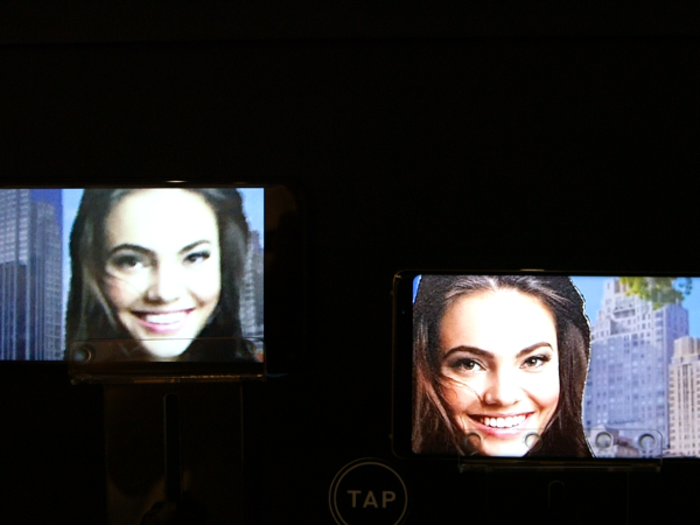
Optical image stabilization (OIS) is so common on smartphones today that manufacturers are even dabbling with OIS for video. Many may not know that the feature is often standard on their device, but it helps limit the amount of visible motion captured in a photo. Several manufacturers continue to improve OIS on mobile cameras so users are more likely to get the ideal shot the first time.
High-resolution video
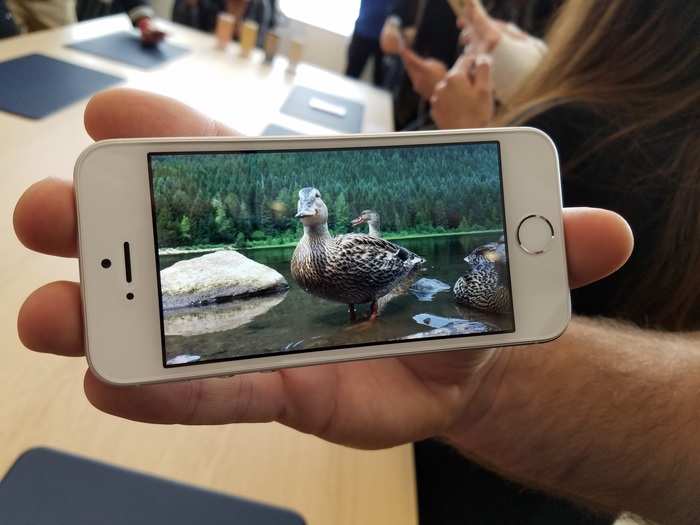
Another feature trend that has been gaining traction on smartphones is high-resolution video, which allows smartphones to record video and playback video in resolutions similar to those seen on high-resolution television sets or on professional video cameras. Many smartphones including flagships by Apple, Samsung, Sony, and others can record and playback video in 4K (3,840 x 2,160) resolution.
Autofocus
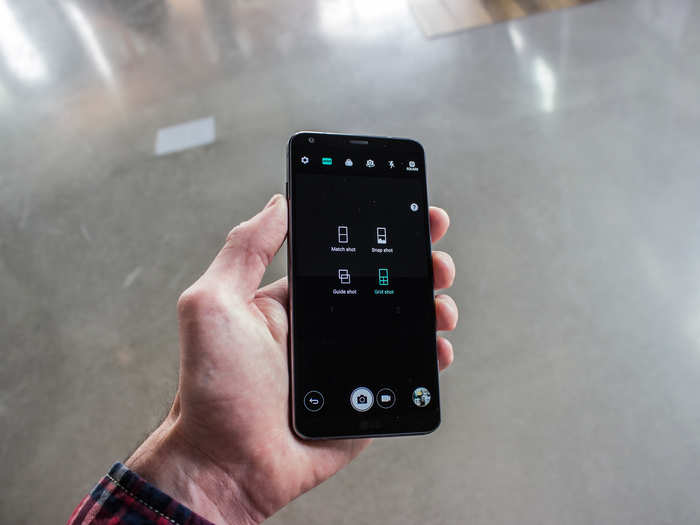
Autofocus may be one of the most common features on smartphone cameras these days, but many users may never realize how the feature can save a photo.
The three most common types of autofocus on cameras include contrast detection autofocus, laser autofocus, and phase detection autofocus. Smartphones often have a combination of these technologies, if not all three.
- Contrast detection autofocus is best for still photography, and pays attention to how much light and dark there is in a photo so that all shade aspects come out sharp.
- Laser autofocus is best for quick snaps where the user doesn't have a lot of time to steady the camera. It uses infrared lasers to calculate the distance between the subject and the camera, instantaneously focusing the camera for a photo.
- Phase detection autofocus will continuously refocus a shot until the user feels comfortable capturing the photo.
Auto-detection flash
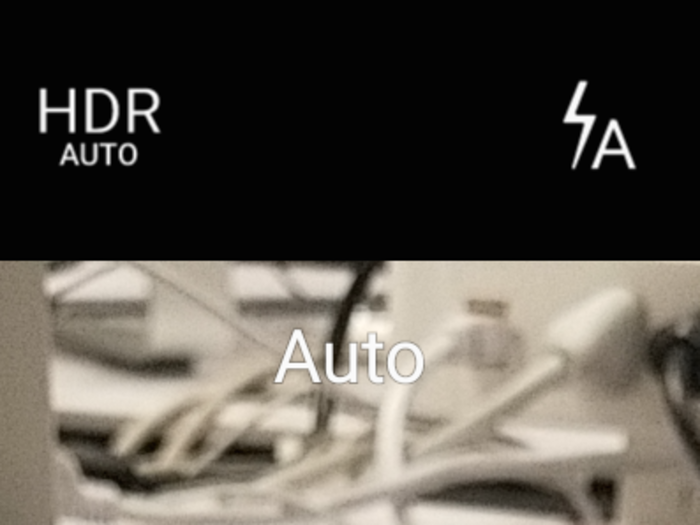
Many smartphone photographers may leave their flash option off only to fumble to turn it on while in a limited-light setting. However, most cameras have an auto-detection flash option, which will only utilize flash in settings where it's needed, such as darkly lit-party or a night event.
The flash icon of a lightning bolt next to the "A" in the photo above is the auto-detection flash option. Many may not know why it's included among the flash settings, but now you know.
Filters

Filters may seem like a camera option for Instagram or Snapchat, but they now often come standard on many smartphone cameras as well. Filters can alter the camera settings for various modes like aged photos, vivid colors, sepia shots, or monochrome images, among many. Using a stock filter may give photographers the feel they're looking for in their image before its even taken.
Portrait mode

Portrait mode is the photography effect every high-end smartphone manufacturer seems to be copying these days. While portrait mode can refer to a number of effects, it primarily describes the bokeh effect in the mobile photography world. Bokeh causes images to have a sharp foreground subject and a blurred background and is considered very artistic.
Some manufacturers like Apple are working to expand their portrait-mode effect options to an include a number of image styles commonly used in professional photography, like stage lighting and portrait lighting.
Burst mode

Burst mode is a fun and often-forgotten camera feature that could make the average smartphone photographer feel like the paparazzi. Many smartphones allow users to take a rapid succession of photos simply by holding the capture button for an extended period. Samsung devices, for example, allow users to take 100 photos in a single burst shot. One advantage of burst mode is being able to select your favorite shot out of a group. With burst shot, users can also loop images together to create animations.
Popular Right Now
Advertisement